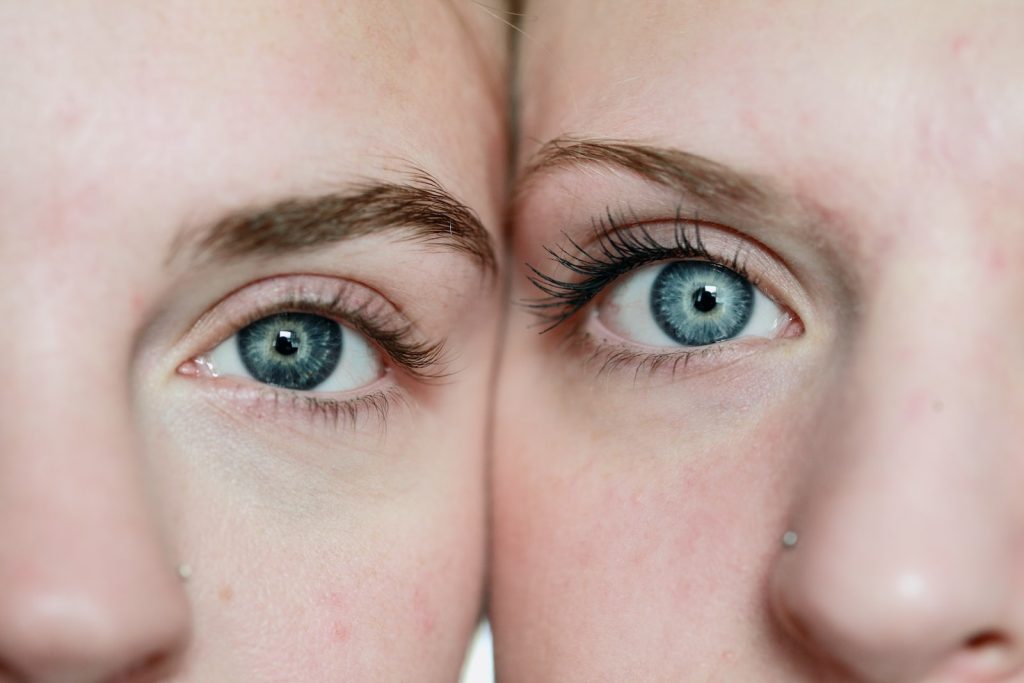When it comes to eye health, there are few conditions more notorious than pink eye, also known as conjunctivitis. This common eye infection can strike anyone, at any age, and can leave eyes feeling itchy, red, and downright uncomfortable. Pink eye can be caused by a variety of factors, including viruses, bacteria, and even allergies. Whatever the cause, the symptoms are often similar, and can include redness, swelling, and discharge. If you’ve ever experienced pink eye, you know how frustrating it can be to deal with. Fortunately, there are a number of products available that can help ease the discomfort and promote healing. From over-the-counter drops to prescription medications, there’s no shortage of options when it comes to treating pink eye. So, whether you’re dealing with this condition for the first time, or you’re a seasoned pink eye pro, read on to discover some of the best products available to help soothe and heal your eyes.
What is pink eye (Conjunctivitis)?
Pink eye, also known as conjunctivitis, is an inflammation of the thin, transparent layer of tissue that lines the inner surface of the eyelid and covers the white part of the eye. This inflammation can be caused by a variety of factors, including bacteria, viruses, allergies, and irritants. Symptoms may include redness, itching, swelling, and discharge in one or both eyes. It’s important to seek medical advice if you suspect you have pink eye, as the underlying cause will determine the best course of treatment. Pink eye is highly contagious and can easily spread from person to person, so practicing good hygiene and avoiding close contact with others is important until the infection has cleared.
What causes pink eye (Conjunctivitis)?
Pink eye, or conjunctivitis, can be caused by a variety of factors. The most common causes include:
Bacteria: Bacterial infections are a common cause of pink eye, particularly in children. This type of pink eye can be highly contagious and is often treated with antibiotic eye drops or ointments.
Viruses: Viral infections are another common cause of pink eye, and can be associated with colds, flu, or other viral illnesses. This type of pink eye typically clears up on its own within a few days, but may be treated with antiviral medications in severe cases.
Allergies: Allergies to substances like pollen, pet dander, or dust can cause pink eye in some people. This type of pink eye may be treated with antihistamines or other allergy medications.
Irritants: Exposure to irritants like smoke, dust, or chemicals can also cause pink eye. This type of pink eye usually resolves once the irritant is removed.
Less commonly, pink eye may be caused by other factors like fungi, parasites, or underlying medical conditions like autoimmune disorders or cancer. It’s important to seek medical advice if you suspect you have pink eye, as the underlying cause will determine the best course of treatment.
Also Read Here: Understanding Knots On The Back Of the Neck
Symptoms of pink eye (Conjunctivitis):
- Redness in the white of the eye or inner eyelid
- Swelling of the conjunctiva (the thin, transparent layer of tissue that lines the inner eyelid and covers the white part of the eye)
- Thick, yellow or green discharge that can cause the eyelids to stick together
- Itching or burning sensation in the eyes
- Sensitivity to light
- Blurred vision
- Crusting of the eyelids or lashes, particularly upon awakening in the morning
- Tearing or watery eyes
It’s important to note that not everyone with conjunctivitis will experience all of these symptoms, and some people may have mild symptoms that go unnoticed.
Myths About Pink Eye (Conjunctivitis)?
Myth: Pink eye only affects children.
Fact: While children are more likely to develop pink eye than adults, anyone can get it regardless of age.
Myth: Pink eye is always highly contagious.
Fact: The contagiousness of pink eye depends on the underlying cause. Bacterial and viral conjunctivitis can be highly contagious, while allergic or irritant conjunctivitis are not.
Myth: Only direct contact with an infected person can spread pink eye.
Fact: Pink eye can also be spread through indirect contact with surfaces or objects contaminated with infectious material, such as towels, eye makeup, or contact lenses.
Myth: Pink eye always requires antibiotic treatment.
Fact: Not all cases of pink eye require antibiotic treatment. Viral and allergic conjunctivitis, for example, typically do not respond to antibiotics.
Myth: All eye redness is due to pink eye.
Fact: There are many causes of eye redness, and not all cases are due to pink eye. Other potential causes include dry eye syndrome, eye infections, or eye injuries.
Eye Conditions Commonly Confused With Pink Eye (Conjunctivitis)
There are several eye conditions that can be confused with pink eye (conjunctivitis) because they share some similar symptoms. Here are a few examples:
Allergic conjunctivitis: This is an inflammation of the conjunctiva due to an allergic reaction to substances such as pollen, dust, or pet dander. It can cause redness, itching, and watery eyes, which are also common symptoms of pink eye.
Dry eye syndrome: This is a condition in which the eyes do not produce enough tears, or the tears evaporate too quickly, leading to discomfort, redness, and sometimes blurred vision. Some symptoms of dry eye syndrome can resemble those of pink eye.
Blepharitis: This is an inflammation of the eyelids that can cause redness, itching, and crusting of the eyelashes. It can sometimes be mistaken for pink eye because it can cause eye redness and discharge.
Corneal abrasion: This is a scratch on the surface of the cornea, which can cause redness, pain, and sensitivity to light. Although it does not typically cause discharge like pink eye, the redness can sometimes be mistaken for conjunctivitis.
In conclusion, dealing with pink eye can be a real pain – but it doesn’t have to be. Whether you’re suffering from viral or bacterial conjunctivitis, or just dealing with the symptoms of allergies, there are a variety of products and treatments available to help you find relief. From eye drops and ointments to cool compresses and natural remedies, there are plenty of options to choose from. So if you’re struggling with pink eye, don’t despair – there is hope for relief and healing.
Also, Read Here: Which Vitamin Deficiency Causes Small White Spots on Skin?
Frequently Asked Questions
What are the most common causes of pink eye?
Pink eye can be caused by viruses, bacteria, allergies, or irritants such as smoke or dust.
How can I tell if I have pink eye?
Symptoms of pink eye include redness, swelling, itching, discharge, and sensitivity to light.
Can pink eye be treated at home?
Mild cases of pink eye can often be treated at home with over-the-counter remedies such as eye drops or compresses. However, more severe cases may require prescription medication.
Is pink eye contagious?
Yes, pink eye is highly contagious, especially in the first few days of infection. It’s important to take precautions such as frequent hand washing and avoiding close contact with others to prevent the spread of the infection.
How long does it take to recover from pink eye?
The recovery time for pink eye depends on the cause and severity of the infection. Mild cases may clear up within a few days, while more severe cases can take up to two weeks or longer to heal.
If you are experiencing any eye-related symptoms, it’s important to seek medical advice to determine the underlying cause and receive appropriate treatment. A healthcare professional can help differentiate between pink eye and other eye conditions that may be causing similar symptoms.








